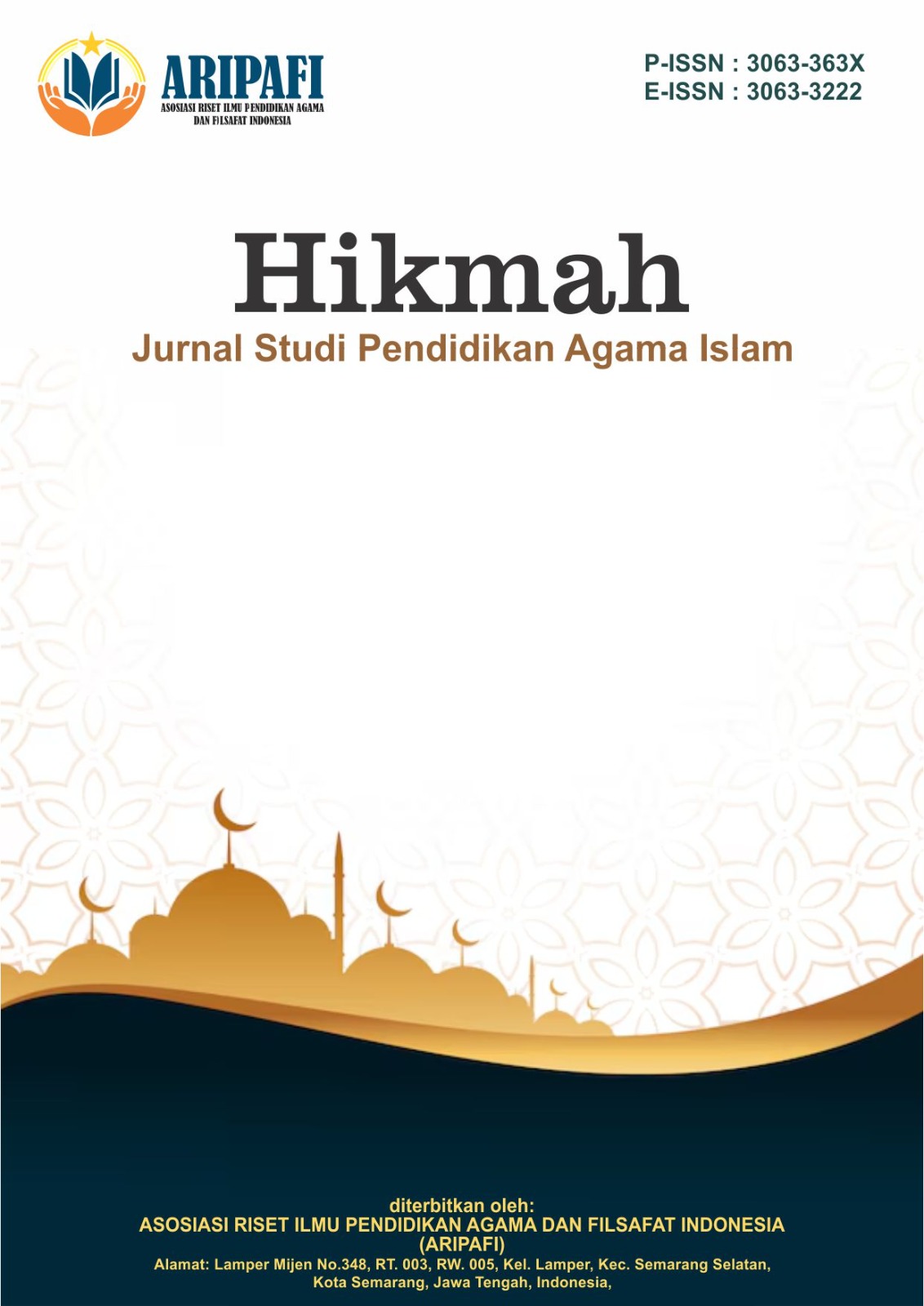Tafsir tentang Persetaraan Laki-Laki dengan Perempuan (Trans Gender)
DOI:
https://doi.org/10.61132/hikmah.v1i4.397Keywords:
Tafsir, Al-Qur'an, Equality, Gender, TransgenderAbstract
This article examines the interpretation of the Qur'an and Islamic perspectives on gender equality, focusing on transgender issues. The study explores how Islam, through Qur'anic verses and prophetic traditions, provides guidelines on gender identity, equal rights, and human dignity. Islam views humans as inherently equal and honorable, without gender-based discrimination. However, the transgender issue, particularly involving gender transitions or non-binary identities, sparks diverse interpretations among classical and contemporary scholars. The article also reviews how Islamic law perceives gender reassignment and the social status of transgender individuals in society. By analyzing verses such as QS. Al-Hujurat [49:13], QS. An-Nisa' [4:1], and QS. At-Taubah [9:71], along with contemporary scholarly literature, this study seeks to offer a balanced and just perspective on understanding this issue, rooted in the principles of justice, compassion, and humanity in Islam.
References
Ahmed, L. (1992). Women and Gender in Islam: Historical Roots of a Modern Debate. New Haven: Yale University Press.
Ali, A. Y. (2000). The Holy Qur'an: Text, Translation, and Commentary. Kuala Lumpur: Islamic Book Trust.
Barlas, A. (2002). "Believing Women" in Islam: Unreading Patriarchal Interpretations of the Qur'an. Austin: University of Texas Press.
Engineer, A. A. (1992). The Qur'an, Women, and Modern Society. New Delhi: Sterling Publishers.
Esack, F. (1997). Qur'an, Liberation and Pluralism: An Islamic Perspective of Interreligious Solidarity Against Oppression. Oxford: Oneworld Publications.
Habib, S. (2018). Islam and Homosexuality. Santa Barbara: Praeger.
Kugle, S. S. A. (2010). Homosexuality in Islam: Critical Reflection on Gay, Lesbian, and Transgender Muslims. Oxford: Oneworld Publications.
Mernissi, F. (1991). The Veil and the Male Elite: A Feminist Interpretation of Women's Rights in Islam (M. Lakeland, Trans.). Reading, MA: Addison-Wesley.
Mir-Hosseini, Z. (2006). Muslim Women’s Quest for Equality: Between Islamic Law and Feminism. Critical Inquiry, 32(4), 629–645. https://doi.org/10.1086/508085
Rahman, F. (1980). Major Themes of the Qur'an. Chicago: University of Chicago Press.
Roald, A. S. (2001). Women in Islam: The Western Experience. London: Routledge.
Saeed, A. (2006). Interpreting the Qur'an: Towards a Contemporary Approach. London: Routledge.
Swanson, D. (2021). Exploring Transgender Narratives in Islamic Texts: A Comparative Approach. Journal of Gender Studies, 30(2), 145–160. https://doi.org/10.1080/09589236.2021.1875432
Wadud, A. (1999). Qur'an and Woman: Rereading the Sacred Text from a Woman's Perspective. New York: Oxford University Press.
Winter, T. J. (2008). The Fall of the Family: The Crisis of Gender Relations in Modernity. In T. J. Winter (Ed.), The Cambridge Companion to Classical Islamic Theology (pp. 243–260). Cambridge: Cambridge University Press.






